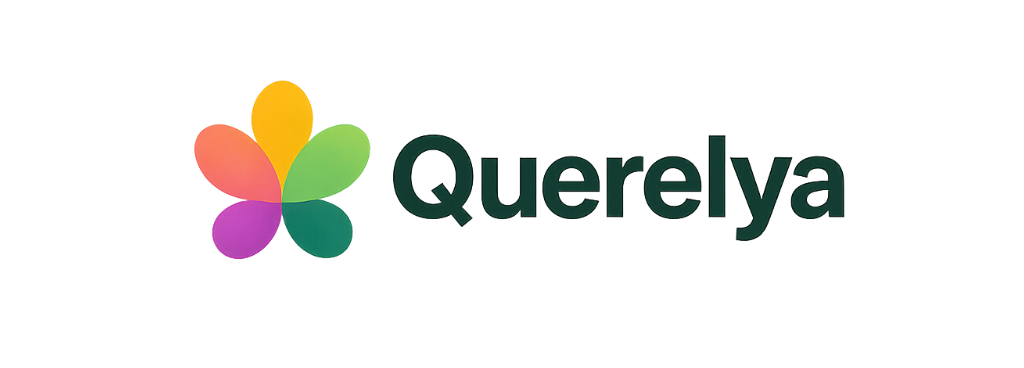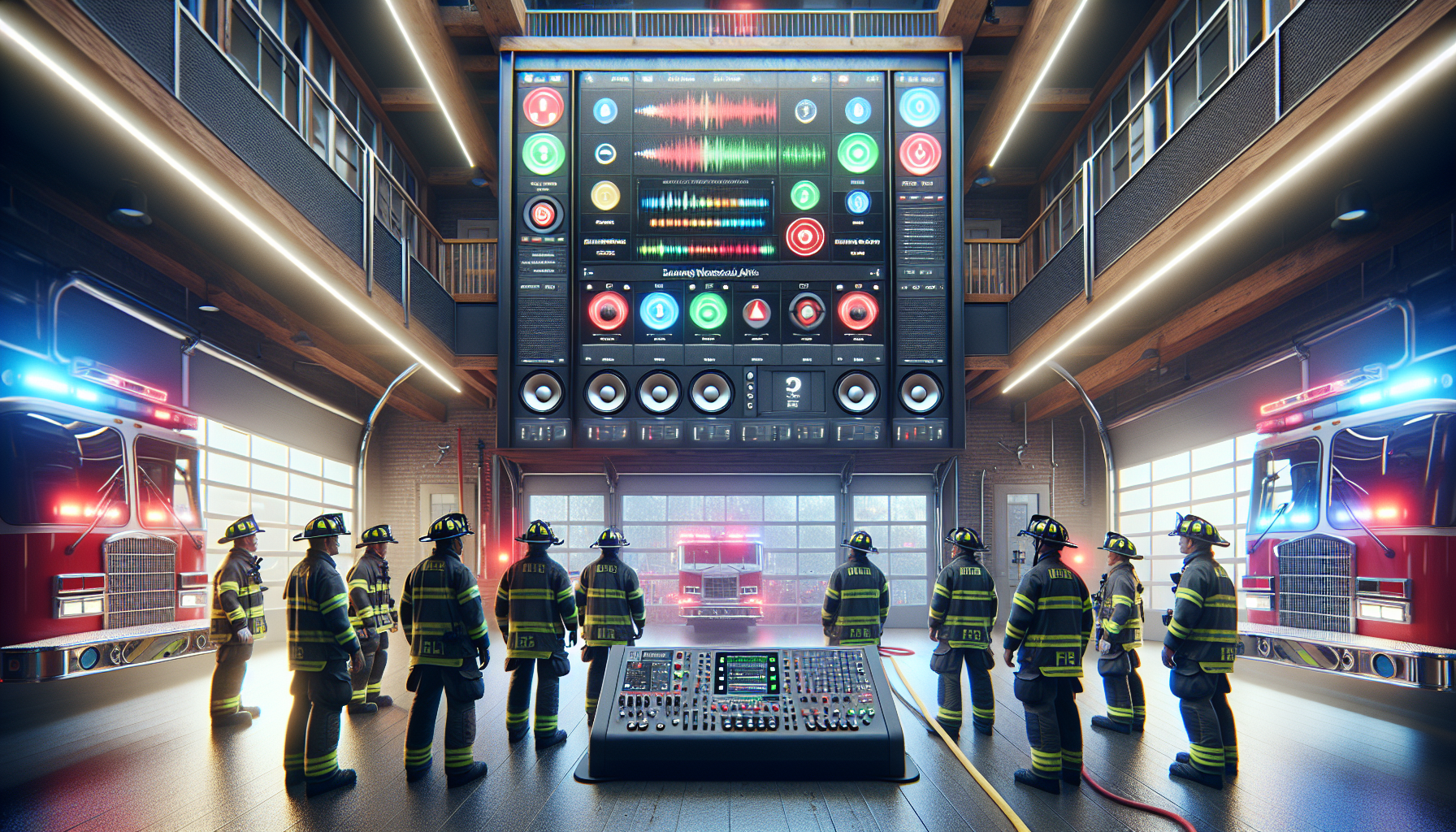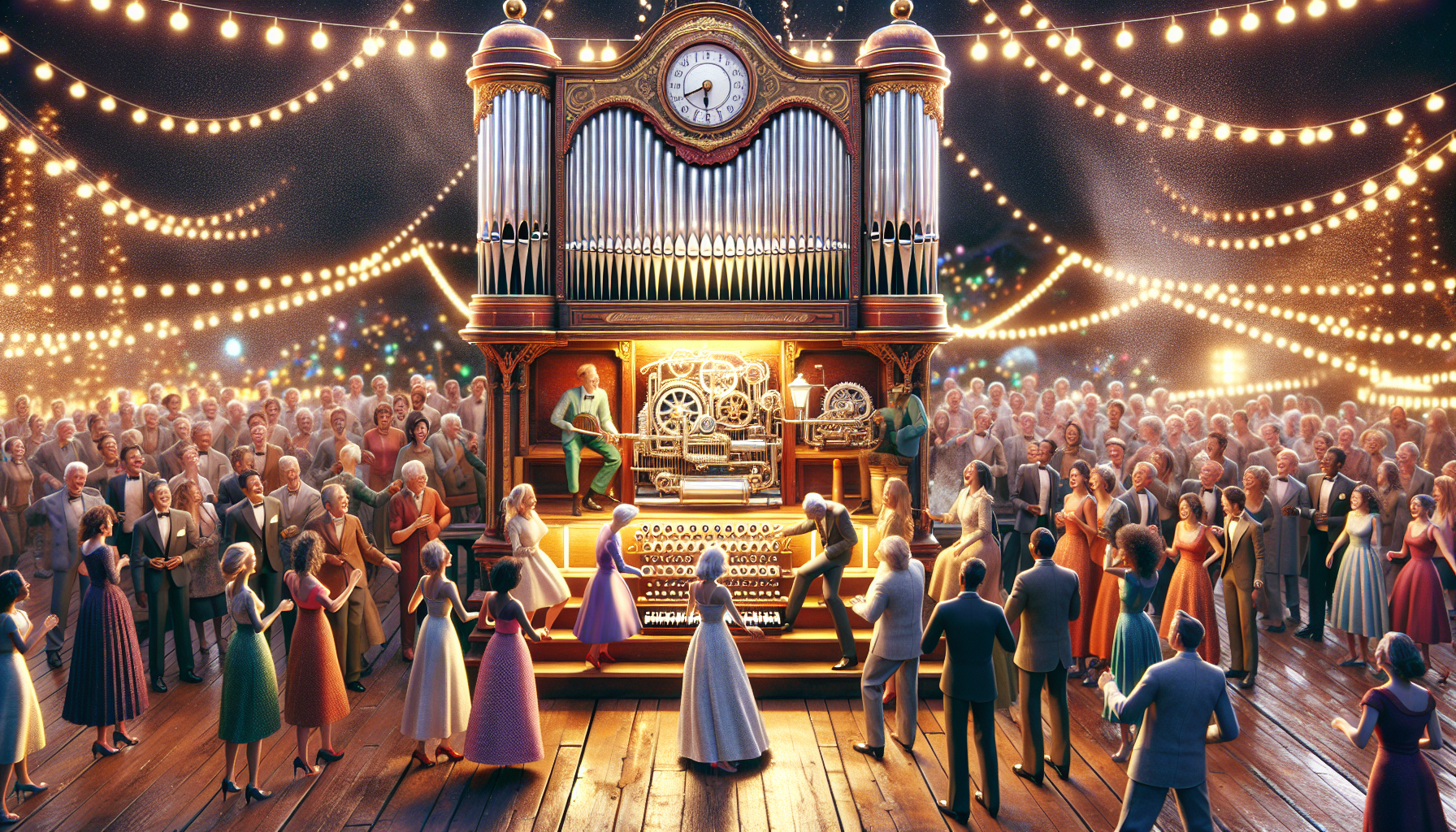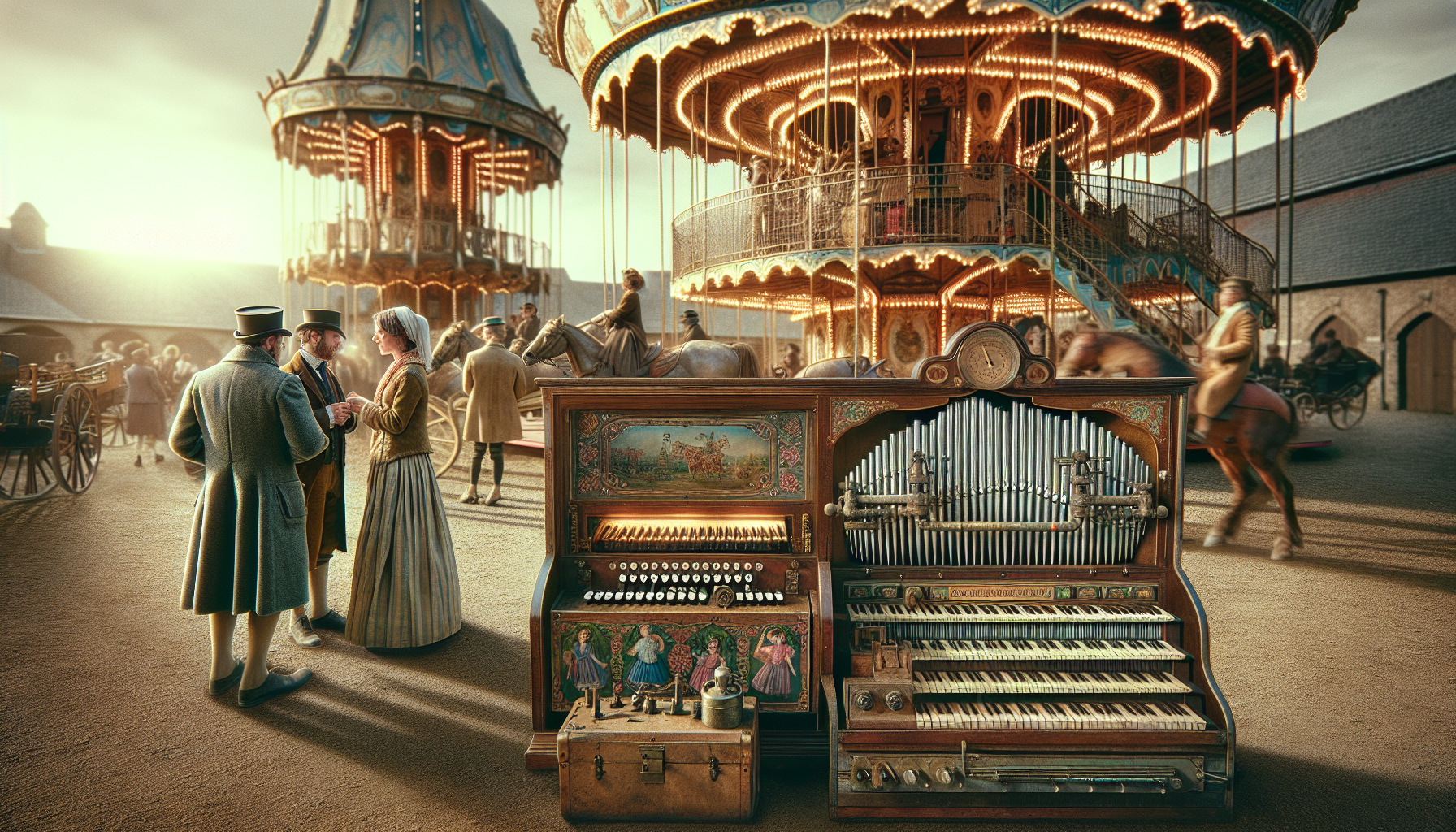In the ever-evolving landscape of music production, where innovation meets artistry, a new frontier is emerging that promises to redefine how we create and experience sound: music-coding. Imagine a world where your musical ideas come to life through the power of programming languages, where you can manipulate beats and melodies with a few lines of code, and where endless creative possibilities lie at your fingertips. Welcome to the realm of music-coding, a revolutionary approach that is unlocking unprecedented potential for musicians, producers, and sound enthusiasts alike. 🎵
At its core, music-coding is the fusion of music and technology, blending the traditional elements of sound composition with the limitless capabilities of coding. This innovative approach empowers individuals to transcend the limitations of conventional music production tools, opening doors to a universe where creativity knows no bounds. Whether you’re an aspiring musician looking to break free from the constraints of mainstream music-making or a seasoned producer eager to explore new sonic landscapes, music-coding offers a playground of opportunities waiting to be discovered.
In this blog post, we will delve into the fascinating world of music-coding, exploring the transformative impact it has on the creation and manipulation of sound. We will journey through the history and evolution of this practice, examine the various programming languages and platforms available, and highlight real-world applications that showcase the potential of music-coding. From live coding performances that captivate audiences in real-time to experimental compositions that challenge the status quo, we will uncover how music-coding is revolutionizing the way we think about music production. 🎶
Moreover, we will provide you with practical insights and tips on how to get started with music-coding, regardless of your level of expertise. Whether you’re a coding novice or a seasoned programmer, there is a place for you in this vibrant and dynamic community. By the end of this article, you will not only understand the fundamental concepts of music-coding but also feel inspired to embark on your own journey of sound innovation. So, plug in your headphones, fire up your laptop, and get ready to unlock the power of music-coding—where the only limit is your imagination. 🌟
Understanding the Intersection of Music and Coding
The fusion of music and technology is not a novel concept, yet its potential remains largely untapped. Music-coding, a niche yet expanding field, offers a groundbreaking approach to composing and experiencing sound. This innovative methodology leverages programming languages to create, manipulate, and visualize music. At its core, music-coding integrates elements of computer science, mathematics, and music theory, creating a unique platform for creativity and exploration.
Music-coding can be traced back to the early days of computer-generated music, where pioneers used basic programming languages to create simple melodies. Over the years, advancements in technology and programming languages have significantly enhanced the capabilities and scope of music-coding. Today, platforms like Sonic Pi, SuperCollider, and Max/MSP empower musicians and programmers alike to explore new dimensions of sound creation and manipulation. These tools offer intuitive interfaces and comprehensive libraries that facilitate the coding process, making it accessible to a broader audience.
One of the most compelling aspects of music-coding is its ability to democratize music creation. Traditionally, producing music required access to expensive instruments and recording equipment. Music-coding, however, breaks down these barriers, allowing anyone with a computer and a basic understanding of coding to compose complex musical pieces. This democratization fosters a diverse range of musical expressions and innovations, contributing to the evolution of the music industry. By harnessing the power of coding, individuals can experiment with various genres, styles, and soundscapes, leading to the creation of novel musical experiences.
The Tools of Music-Coding: Sonic Pi, SuperCollider, and More
Sonic Pi is one of the most popular platforms for music-coding, known for its simplicity and versatility. Designed as an educational tool, Sonic Pi enables users to learn coding concepts while creating music. Its user-friendly interface and extensive documentation make it an ideal choice for beginners. Sonic Pi supports real-time sound synthesis and manipulation, allowing users to experiment with live coding performances. This feature is particularly appealing to musicians who want to explore improvisation and interactive compositions.
SuperCollider, on the other hand, is a more advanced platform, favored by professional musicians and sound designers. It offers a powerful and flexible environment for audio synthesis and algorithmic composition. SuperCollider’s robust programming language enables users to create complex sound structures and intricate musical patterns. Its extensive library of synthesis algorithms and sound processing tools provides endless possibilities for sonic exploration.
Max/MSP, another notable tool, combines visual programming with music-coding. It allows users to create interactive multimedia installations and performances by connecting various objects and processes. Max/MSP is highly regarded for its versatility and scalability, making it suitable for both small-scale projects and large, complex systems.
Below is a comparative table of these platforms:
| Feature | Sonic Pi | SuperCollider | Max/MSP |
|---|---|---|---|
| Difficulty Level | Beginner | Advanced | Intermediate |
| Real-time Performance | Yes | Yes | Yes |
| Visual Interface | No | No | Yes |
| Platform Support | Windows, Mac, Linux | Windows, Mac, Linux | Windows, Mac |
Applications and Innovations in Music-Coding
The applications of music-coding extend beyond traditional music production, influencing various fields such as education, therapy, and entertainment. In educational settings, music-coding is utilized to teach coding concepts in an engaging and interactive manner. By integrating music and programming, educators can foster creativity and critical thinking among students. Music-coding workshops and courses are increasingly being offered in schools and universities, introducing students to the world of music technology and digital creativity.
In therapeutic contexts, music-coding is being explored as a tool for cognitive and emotional development. The process of coding music requires focus, problem-solving, and creativity, which can be beneficial for individuals with cognitive impairments or mental health challenges. Music-coding sessions can be tailored to individual needs, providing a personalized and immersive therapeutic experience.
In the entertainment industry, music-coding is revolutionizing live performances and multimedia experiences. Live coding concerts, where musicians code music in real-time, are gaining popularity for their dynamic and interactive nature. These performances blur the lines between composer, performer, and audience, creating a collaborative and immersive musical experience.
To see music-coding in action, watch this video from “The Coding Train” channel on YouTube, which provides an insightful demonstration of creating music with code: Coding Music with Sonic Pi.
Challenges and Future Directions in Music-Coding
Despite its many advantages, music-coding also presents several challenges that need to be addressed. One of the primary challenges is the steep learning curve associated with programming languages and music theory. While platforms like Sonic Pi aim to simplify the process, mastering music-coding requires dedication and practice. For those without a background in coding or music, this can be a daunting task.
Another challenge is the integration of music-coding into mainstream music production. While it offers unique creative possibilities, it may not always align with traditional music production workflows. Bridging the gap between music-coding and conventional music production tools could facilitate wider adoption and experimentation.
Looking ahead, the future of music-coding is promising, with ongoing advancements in technology and artificial intelligence. AI-driven music-coding systems have the potential to enhance creativity and productivity by assisting with composition and sound design. These systems can analyze musical patterns and generate new compositions, providing inspiration and new perspectives for musicians.
Call to Action
Engage with music-coding by exploring the platforms mentioned above and experimenting with creating your own compositions. Whether you’re a musician, programmer, or simply curious about the intersection of music and technology, music-coding offers a rewarding and creative outlet. Dive into the world of music-coding and unlock new possibilities for sound exploration and expression. 🎵💻
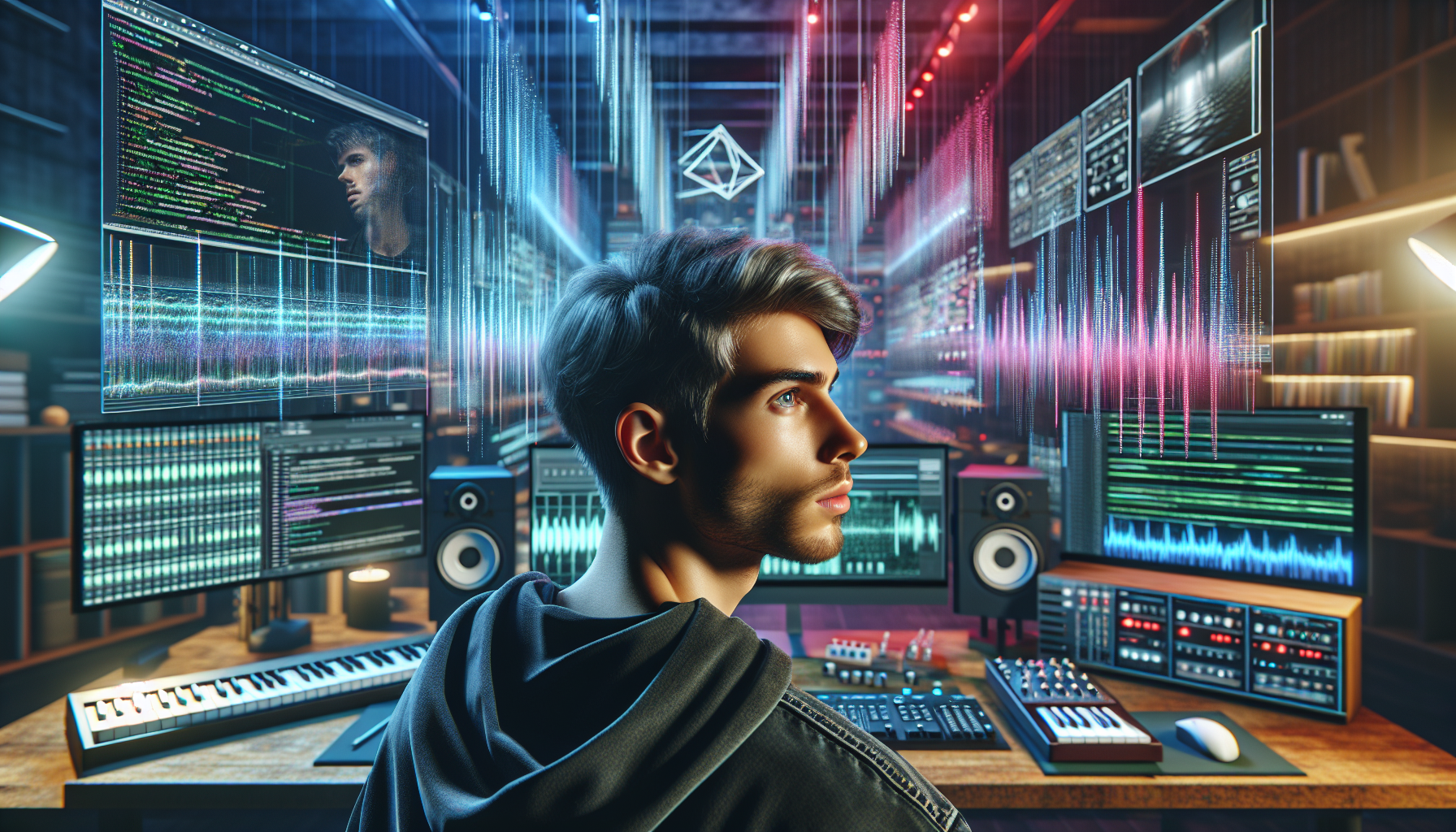
Conclusion
In conclusion, the exploration of music-coding systems opens a world of possibilities that not only revolutionizes sound creation but also democratizes the process of music production. Throughout this article, we delved into the dynamic intersection of music and coding, highlighting how this innovative approach empowers creators to push the boundaries of traditional music-making. By integrating coding languages with music production, artists and developers alike can create intricate soundscapes, experiment with new sonic textures, and explore novel forms of musical expression.
One of the key points discussed is the accessibility and inclusivity that music-coding platforms provide. Tools such as Sonic Pi and TidalCycles allow individuals with varying levels of coding and musical expertise to engage in creative processes that were once limited to trained musicians or producers. These platforms utilize user-friendly interfaces and extensive documentation, which lower the barriers to entry and encourage experimentation. The democratization of music creation is not just a technological advancement; it is a cultural shift that invites diverse voices and perspectives into the music industry.
We also examined how music-coding fosters a community of collaboration and learning. By enabling real-time interaction and live coding sessions, artists can collaborate across the globe, sharing knowledge and skills. This collaborative spirit is enhanced by online forums, workshops, and social media platforms where creators gather to discuss techniques, troubleshoot issues, and showcase their work. Such communities not only nurture talent but also drive innovation, as members are constantly inspired by each other’s creativity and ingenuity.
The adaptability of music-coding systems was another focal point of our discussion. Unlike traditional music software that may be constrained by specific genres or styles, coding offers limitless potential for customization. Artists can write their own algorithms to generate unique sounds, rhythms, and harmonies, allowing for a highly personalized approach to music creation. This adaptability also extends to the integration of music with other digital media, enabling immersive experiences in gaming, virtual reality, and interactive installations.
Moreover, we highlighted the educational benefits of music-coding, emphasizing its role in teaching coding skills through an engaging and creative medium. By learning to code in the context of music, individuals develop problem-solving skills, enhance their understanding of algorithms, and gain insights into the mathematical structures underlying musical compositions. Educational institutions and workshops are increasingly incorporating music-coding into their curricula, recognizing its potential to inspire the next generation of both musicians and programmers.
The significance of music-coding systems extends beyond individual creativity; they have the potential to transform the broader music industry. By facilitating new ways of producing and experiencing music, these systems challenge conventional business models and distribution methods. Independent artists can leverage coding to create distinctive sounds that stand out in a crowded marketplace, while established musicians can use it to reinvent their musical identities.
As we reflect on the transformative impact of music-coding, it is essential to acknowledge its role in shaping the future of music. The fusion of technology and art encourages continuous innovation, driving the evolution of sound in ways that were previously unimaginable. It is an exciting time for both creators and audiences as we witness the emergence of a new musical frontier.
We invite you, the reader, to dive into the world of music-coding and explore its potential. Whether you are an aspiring musician, a seasoned producer, or simply a curious learner, there is a place for you in this vibrant and expanding community. Share your experiences, experiment with new tools, and contribute to the ongoing dialogue that is reshaping the music landscape. By embracing the power of music-coding, you are not just consuming music; you are actively participating in its creation and evolution. 🎶
Join the conversation, share your insights, and let us know how music-coding has inspired you. Let’s revolutionize sound together! 🚀
For further reading, consider exploring resources such as the Sonic Pi official website and TidalCycles documentation. These platforms provide a wealth of information and community support to get you started on your music-coding journey.
Toni Santos is a visual historian and creative artisan whose work channels the bold spirit of the steam-powered era—a time when imagination, mechanics, and ambition converged to reshape the modern world. Through richly detailed visual narratives and handcrafted design, Toni celebrates the legacy of steam innovation as both an artistic and technological revolution.
Driven by a passion for mechanical aesthetics, forgotten inventions, and industrial-age ingenuity, Toni reimagines the world of steam through illustrations, tactile artifacts, and storytelling that capture the poetry of pressure, motion, and invention. From piston-driven engines to brass-detailed diagrams, each piece reveals how steam wasn’t just power—it was promise.
With a background in visual design and historical research, Toni brings a craftsman’s eye and a dreamer’s heart to the stories of tinkerers, inventors, and visionaries who shaped the 19th century. His work doesn’t merely document machines—it honors the culture, courage, and creativity that drove a world to reimagine itself through gears, valves, and vapor.
As the creative voice behind Vizovex, Toni shares curated articles, reconstructed blueprints, and visual interpretations that bring this industrial past to life. His collections serve as a tribute to:
The elegance of steam-era design and innovation
The human stories behind great mechanical feats
The aesthetic beauty found in function and form
The echo of invention in today’s creative world
Whether you’re a history lover, a fan of steampunk, or an admirer of antique technology, Toni welcomes you into a world where art and machinery fuse, one cog, one drawing, one rediscovered marvel at a time.
